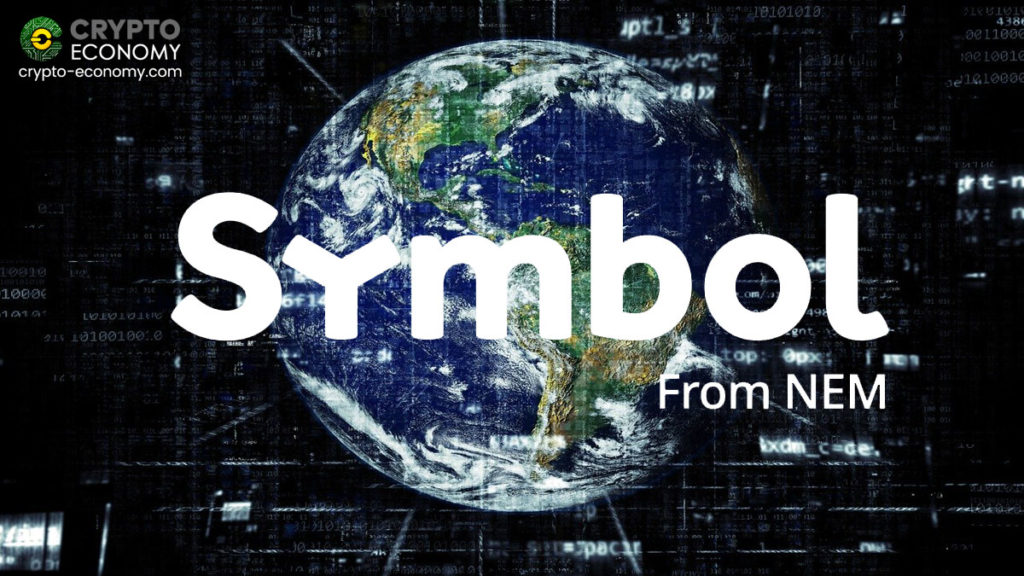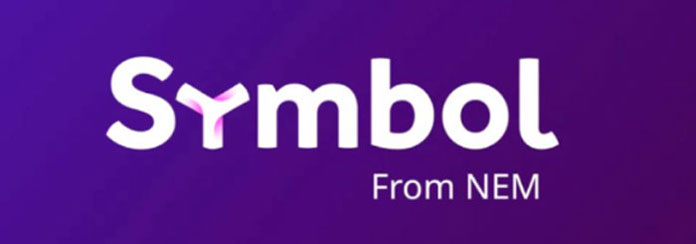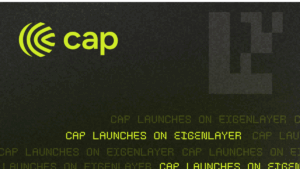DeFi is the hottest topic of recent times and one of the fastest-growing sectors of blockchain technology. The enormous growth is driven by the ability of DeFi to provide access to a whole range of financial products and services to individuals and businesses that have been previously overlooked by the traditional financial institutions.
Ethereum introduced smart contracts to the blockchain universe. Thanks to these smart contracts, Ethereum is the exclusive choice for almost all the DeFi developers. Smart contracts remove the need for middlemen and paperwork, but they are not an ideal solution to provide efficient services as they are fixed and cannot be changed, creating a lack of flexibility.
Furthermore, taking into account the scalability issues associated with Ethereum and combining this problem with the cost of developing on Ethereum, Decentralized Finance (DeFi) is in the red ocean in the long-run.
So the DeFi market requires an alternative, and NEM believes that it has a solution that can help DeFi to achieve its full potential. This solution is called SYMBOL From NEM, a hybrid blockchain developed to meet the demands of enterprises.
In the latest publication, NEM talks about the features of the SYMBOL blockchain that can help drive DeFi adoption.
According to NEM, there are currently three main barriers to the full adoption of DeFi that SYMBOL will solve: Scalability, Liquidity and Collateral, and Volatility.
Scalability
The current transaction per second (TPS) speed of Ethereum is 25, which is not capable of overcoming the scalability challenge that can be experienced when building DeFi products and services.
According to NEM, SYMBOL promises unmatched speed and efficiency, thanks to its tiered architecture and plug-in solutions that improve flexibility, speed up processing, and development time, and lowering costs.
NEM said:
“Because Symbol is a hybrid of both public and private blockchain, and it is designed for solutions to help enterprises avoid unnecessary cost and complexity, Symbol can help to avoid the poorly-scaling high fees of Ethereum smart contracts.”
Liquidity and Collateral
Today, most of the DeFi loans are collateralized by Ether (ETH) as well as Dai and USDC. Bringing other collateral types to DeFi, such as Bitcoin, via sidechains will help DeFi adoption. SYMBOL cross-chain interoperability offers just that. According to NEM:
“Symbol is built for cross-chain interoperability and, through atomic swaps and multi-level multi-sig features, can provide a ready-made solution to assist with collateralizing the DeFi system.”
Reducing Volatility
NEM said that the current primary use case for DeFi is the facilitation of longs on Ethereum—just buying the token and waiting for it to rise in value. DeFi will only create real value when more P2P lending goes mainstream.
According to NEM, SYMBOL can real value to DeFi because it is designed to connect business and blockchains and easy to work with and build from for any business seeking to create innovative DeFi products.
NEM concluded:
“In summary, Symbol is a great option to help maximize the potential of DeFi and to achieve the ambition of helping to make financial systems accessible to all quickly, efficiently, and cost effectively.”
If you found this article interesting, here you can find more NEM News











